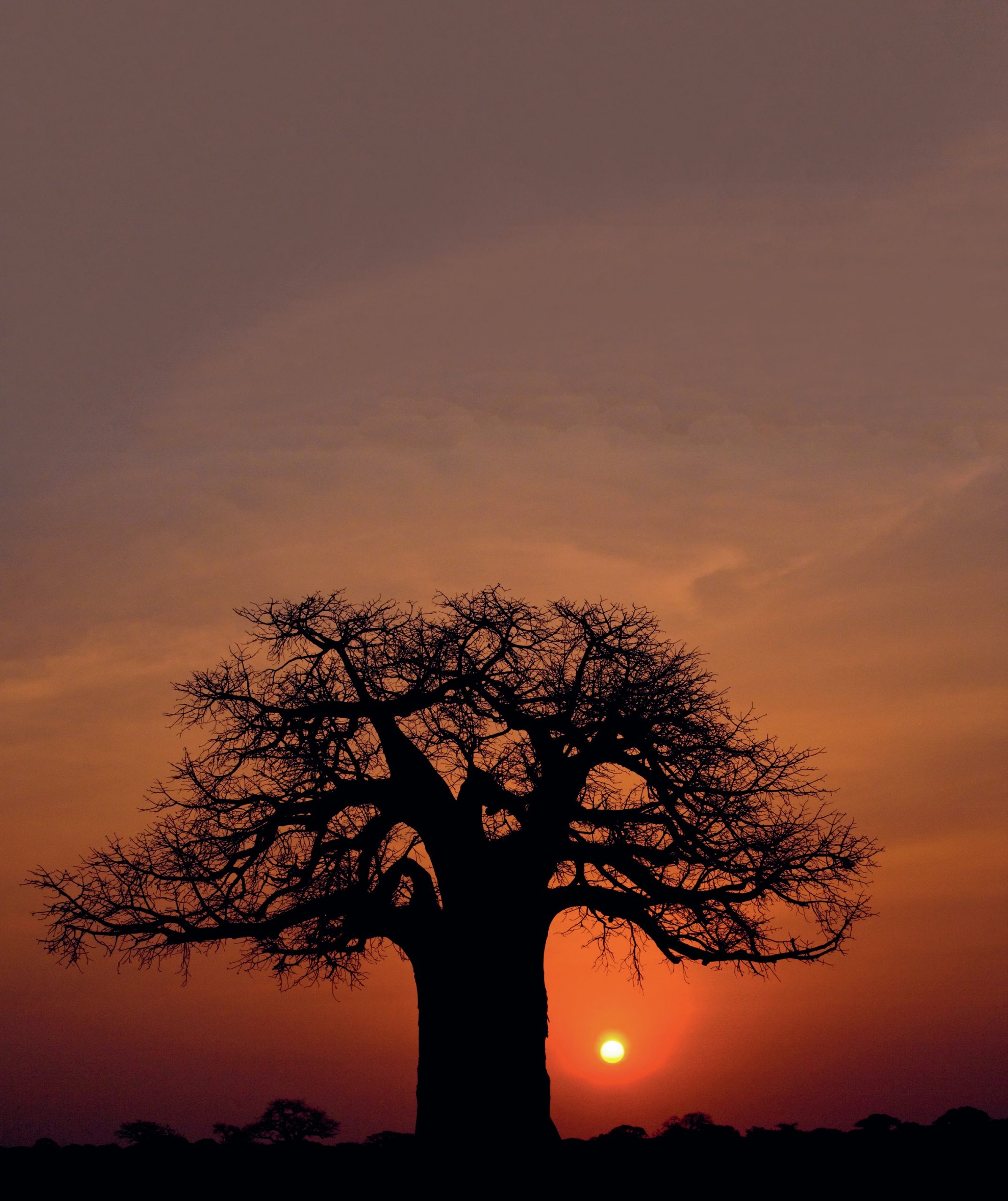
The baobab tree is a distinctive feature of African savanna ecosystems. It is the largest and oldest flowering plant in the world. Its massive composite trunk can exceed 10 m in diameter and it can grow to heights of more than 25 m. Baobabs can live for up to 3,000 years.
These iconic trees fulfil a special role in many local communities — they are sources of water, food and medicinal remedies. It has been claimed they have more than 300 uses. Their broad canopy offers shelter in the searing heat of sub-Saharan Africa and their presence signals a source of water that can be seen from great distances. It is not surprising that these majestic long-lived trees feature prominently in story-telling and oral histories.
Your organisation does not have access to this article.
Sign up today to give your students the edge they need to achieve their best grades with subject expertise
Subscribe




